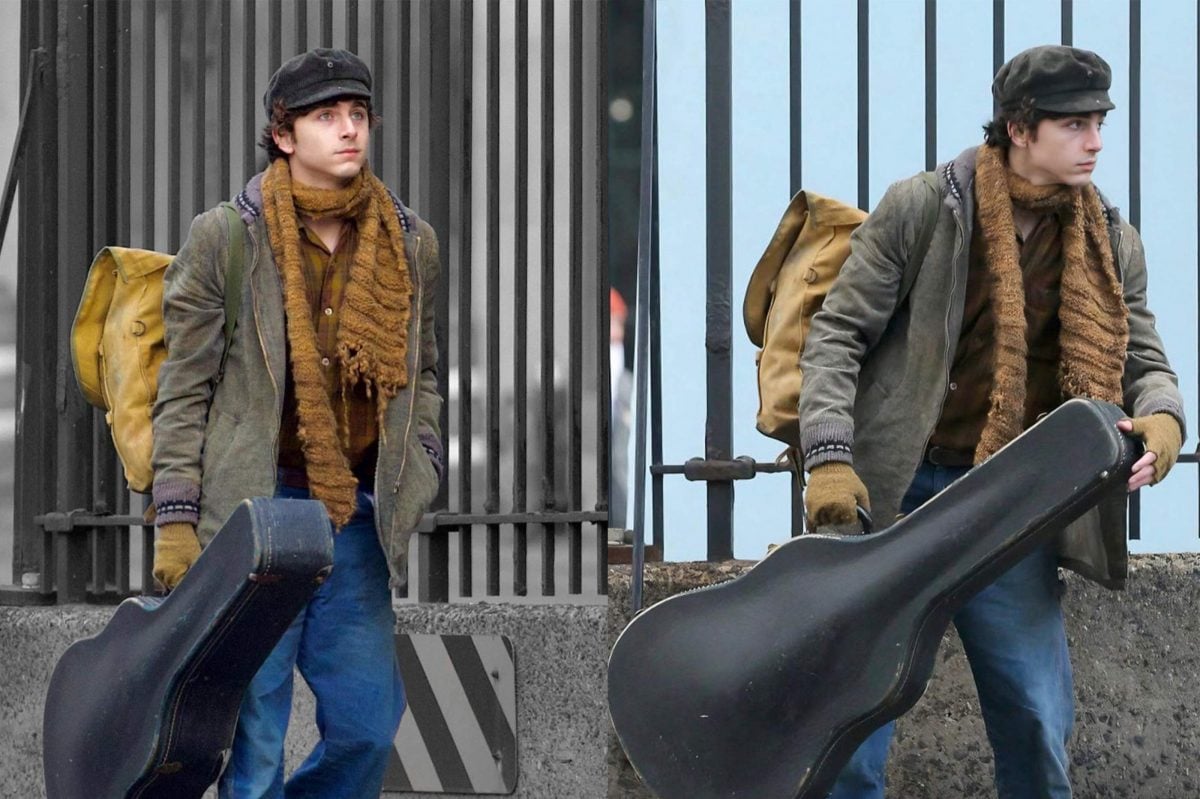
The black squares on Instagram, self-centring videos and photos, tokenistic brand campaigns, and corporate co-opting of social justice issues. These are a few examples of the ways allyship towards marginalized communities can turn performative.
While performative allyship has been lurking in our peripheral vision since social media platforms rose to popularity, George Floyd's tragic death - alongside the unjust and racially biased killing of Ahmaud Arbery, Breonna Taylor and countless other Black and Indigenous people - sparked a turn in discourse, and the conversation led many people to ask if, in fact, the circulating social media trends born off the back of the Black Lives Matter movement are ostensibly in the service of ending police brutality, and when looked at through a wider lens encompassing all social justice movements, who they are really for?
With Mardi Gras around the corner in Australia, a second wave of performative allyship is upon us, demonstrated best by corporate brands who are looking to capitalise on aligning themselves with the LGBTQI+ community in exchange for the profit of ticking their diversity boxes. These are the times when we must ask ourselves: when a brand is supporting a movement rooted in equality and liberation, but not paying LGBTQI+ talent for their campaigns, not using LGBTQI+ creatives to produce those campaigns, and not giving a significant percentage of profit back to community run, NGO charities, who is really benefitting from the messaging? It certainly isn't the LGBTQI+ community.
At its bare bones, performative allyship is the alignment to social justice movements or marginalised groups, predominantly on social media, without the follow through of actually doing the work. When it comes to optics, the best example could be a brand casting a Black model for a campaign, but not taking any internal measures against systemic racism in the workplace.
Once we can understand the ways in which surface-level performances of allyship do very little to support the cause at-hand, we can take the steps to move into effective action, and partake in tangible change. Below, are a few steps to moving away from performative allyship.
Do not centre the narrative around yourself
While it can be tempting to express how outraged you are at the injustices that occur in this world, it's important to remember that this is not about your pain. By leaving our egos at the door, it opens up the opportunity to have meaningful discussions about bringing about change without making it about ourselves and indulging in the fragility of the privileged. This can also be especially offensive for marginalised communities who deal with these injustices day-in-day-out. Hearing that you are so far removed from the violence that is their everyday reality that you are shocked and outraged does not come across as empathetic as you may intend. As writer and lecturer Rachel Cargle puts it, it's "wildly offensive that our pain is so far off your radar that the mention of it shocks you. It's actually hurtful to know that the news that's been keeping me up at night hasn't even been a topic of conversation in your world."
Find ways to provide long-term support
While large social media trends can often be a catalyst for action, it's important to go beyond jumping on the bandwagon of sharing an informative Instagram tile. When planning your long-term strategy of effective allyship, think about how you can be contributing to change after the attention has died down. How can we support marginalised groups? can you volunteer at an NGO? Are you able to donate to charities once a month? Are you standing up for BIPOC and LGBTQI+ folks in the workplace and in public?
Avoid sharing content that is unhelpful or traumatic
Avoid sharing content that either centres yourself in the narrative or is traumatic/painful for marginalised groups to see. This is both triggering and dehumanising for the exact groups you might be trying to stand in solidarity with. As much as you might wish to spread awareness about the severity of something, consider why you might feel it's necessary to share footage of something to 'prove' how bad something is.
Take education into your own hands
Being a good ally is a long, nuanced journey that likely wont happen overnight, so committing to long term education is important in order to stay updated, aware, and most of all, supportive. Making sure you are following the work of anti racist and LGBTQI+ activists, reading books on these topics and listening to podcasts is necessary for this work. It can often be exhausting and triggering for BIPOC or LGBTQI+ folks to be constantly explaining why something is harmful, so taking the pressure off and into your own hands is especially necessary.



